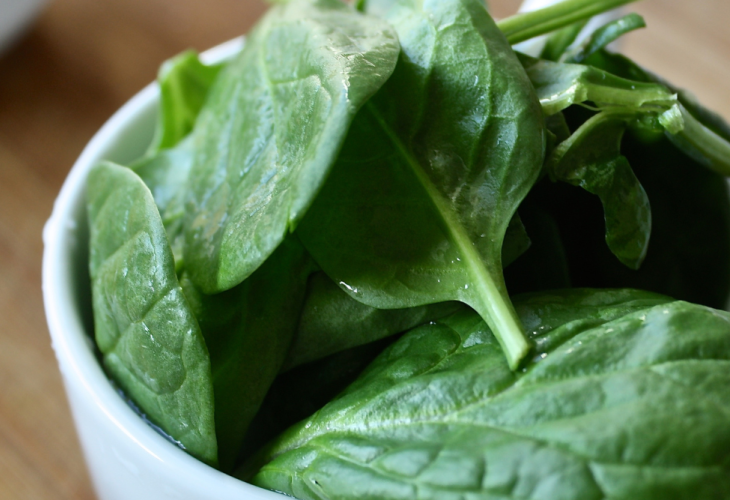The Leafy Greens Your Salad Needs
Not all greens are created equal: Kale reigns supreme in nutrition, spinach boosts pregnancy health, and arugula shines in taste. Here's your go-to guide to the healthiest leafy greens, straight from the CDC.
 Illustration
IllustrationLeafy greens are nutritional powerhouses, packed with vitamins, minerals, and antioxidants. They're also low in calories, making them perfect for anyone watching their diet. Adding greens to your meals can significantly reduce the risk of high blood pressure, obesity, heart disease, and cancer. Chlorophyll, the green pigment in plants, also offers health benefits like boosting iron and hemoglobin levels in the body.
Not all greens are equally beneficial, though. The Centers for Disease Control and Prevention (CDC) recently rated superfood greens based on their nutrient content per calorie. Here's what they found:
Kale
Kale is a superstar among greens. It's high in antioxidants and vitamins. One cup of kale offers about 134% of your daily recommended intake of vitamin C, 206% of vitamin A, and a whopping 684% of vitamin K—essential for blood clotting and calcium management.
Spinach
Often consumed cooked, spinach is worth eating fresh too. A single cup provides 181% of the daily recommended vitamin K and 56% vitamin A. Spinach also contains about 15% of your daily folic acid, which is particularly beneficial for pregnant women and those trying to conceive.
Broccoli Leaves
We usually eat broccoli florets, but the leaves are packed with protein and have the highest amounts of vitamin A and fiber among the listed greens.
Romaine Lettuce
This popular lettuce is an excellent source of vitamin A, with one cup supplying 81% of the daily recommended intake. Despite being low in fiber, it’s rich in potassium, magnesium, phosphorus, calcium, vitamin K, folate, vitamin C, and beta-carotene. Research shows that romaine lettuce can reduce cardiovascular disease risk, and its antioxidants help combat oxidative stress and inflammation.
Other benefits of romaine? Improved vision, stronger bones, a robust immune system, and a healthy pregnancy.
Swiss Chard
Also known as "leaf beet," Swiss chard is nutritionally dense. It contains significant amounts of vitamins K, A, and C, along with minerals and dietary fiber. The acids in chard help maintain balanced blood sugar, and its calcium benefits bone health. Additionally, it enhances vision and promotes healthy blood circulation.
Endive
Endive is rich in vitamin K and provides 20% of the daily vitamin A requirement. Plus, a cup of endive contains just 8 calories.
Watercress
With only 4 calories per cup, watercress is low-calorie but vitamin-rich. Its round leaves have been linked to reducing the risk of type 2 diabetes.
Radicchio
Radicchio is a low-calorie source of dietary fiber. It contains vitamins and minerals essential for our immune systems, like iron, zinc, vitamin A, and vitamin C.
Iceberg Lettuce
Iceberg lettuce might not headline the nutrient charts, with a cup providing only 7% of the recommended daily intake of vitamin A and 3% of vitamin C. However, it contains just 10 calories per cup.
Arugula
Often found in salads and sandwiches for its unique taste, arugula isn't nutrient-dense. While it has some vitamins, it lacks the minerals and nutritional components more prevalent in other greens. Its flavor is its main selling point.

